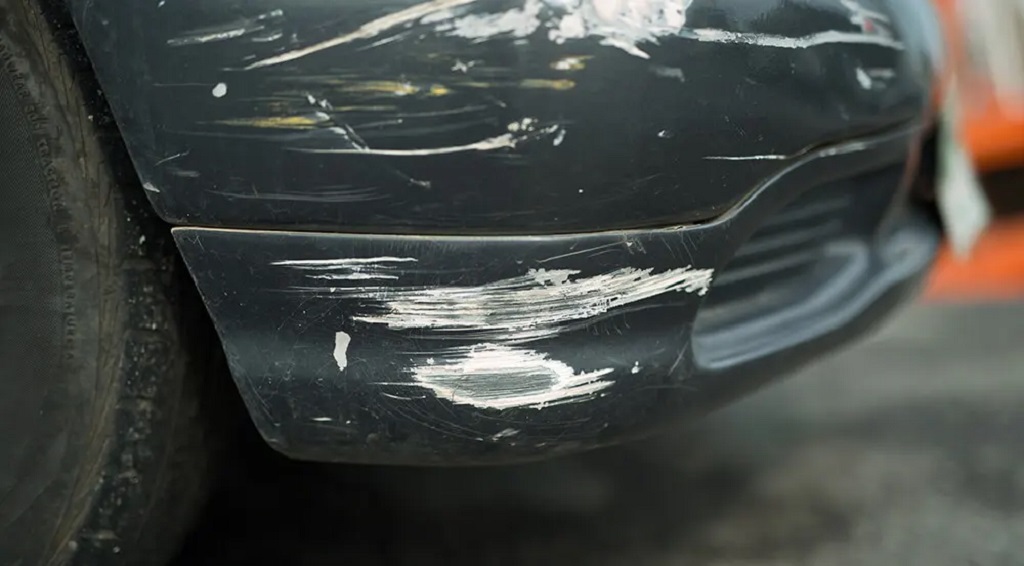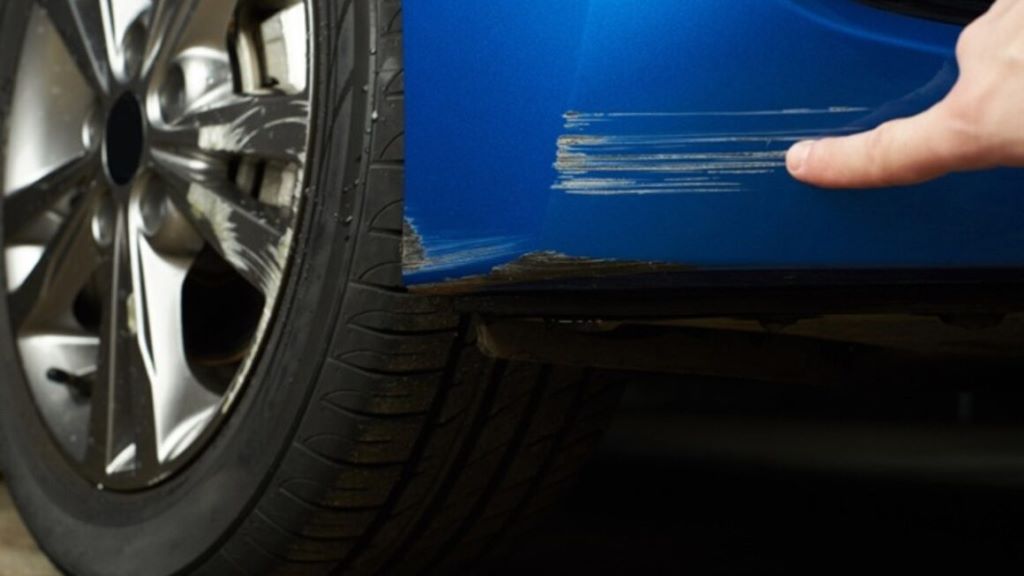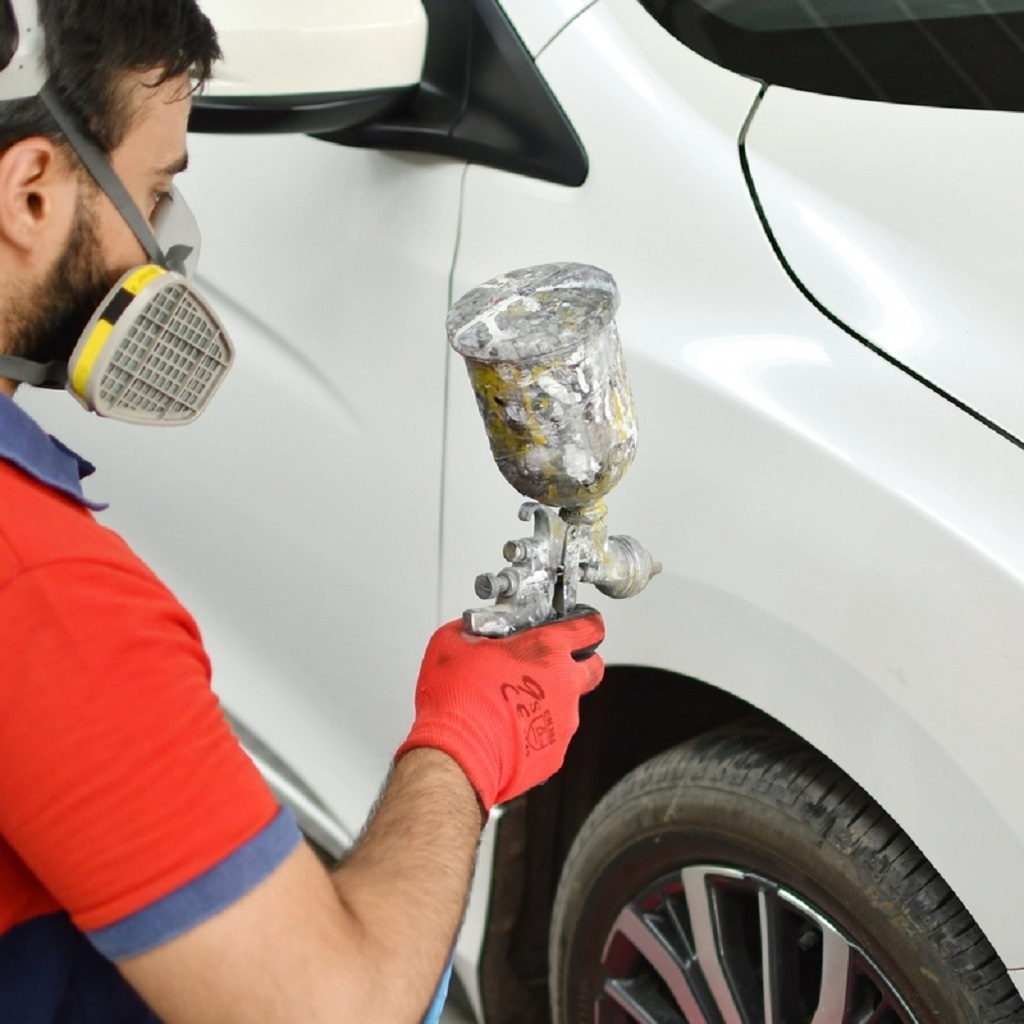
04 Oct How to Buff Out Scratches on Car
Do you love your car? Of course, you do! Whether it’s a luxury vehicle or a daily driver, we all take pride in our cars. Complete automotive care is important in maintaining your car’s appearance, and no matter how careful we are, scratches and dings are bound to happen. It can be frustrating to see those unsightly marks on your car’s exterior, but fear not because we have the solution for you.
In this guide, we will discuss how to buff out scratches on your car and restore its beautiful finish. We will cover everything from identifying the type of scratch to choosing the right tools and techniques for a successful repair. So grab your buffer and let’s get started!
Identifying the Type of Scratch
Before you jump into fixing the scratches on your car, it’s essential to identify the type of scratch. This will help you determine the best course of action for repairing it. Here are the three main types of scratches:
- Clear Coat Scratch: This type of scratch only affects the clear coat layer on top of your car’s paint. It is usually shallow and can be fixed easily.
- Base Coat Scratch: A base coat scratch goes deeper than the clear coat and exposes the color layer underneath. It is slightly more challenging to repair.
- Primer Scratch: A primer scratch is the most severe type of scratch as it goes all the way down to the metal surface of your car. This type of scratch requires professional help to fix.
To identify the type of scratch on your car, run your finger over it. If your fingernail catches on the scratch, it is most likely a base coat or primer scratch. If your fingernail slides smoothly over the scratch, it’s a clear coat scratch.

Choosing the Right Tools and Materials
Once you have identified the type of scratch, it’s time to gather the tools and materials you will need to repair it. Here are some essential items you will need:
- Buffer: A high-speed buffer is the most effective tool for removing scratches on your car. You can either buy one or rent it from a local auto parts store.
- Sandpaper: For clear coat scratches, you will need sandpaper with grits ranging from 1200 to 3000. Base coat and primer scratches will require coarser sandpaper with grits ranging from 600 to 1200.
- Buffing Compound: This is a liquid or paste that contains abrasives and helps in removing scratches. Choose one that is compatible with your car’s color and finish.
- Microfiber Cloths: These are soft, lint-free cloths that are perfect for wiping off excess products without causing any additional scratches.
- Wax: After repairing the scratches, you will need to wax your car to protect the newly buffed surface.
Buffing Out Clear Coat Scratches
Clear coat scratches are the easiest to fix, and you can do it yourself at home. Here’s how:
- Clean the Area: Start by washing the area around the scratch with soap and water. This will remove any dirt or debris that can cause further scratches during the repair process.
- Sand the Scratch: Using 1200 to 3000 grit sandpaper, gently sand the scratch in a circular motion. Be careful not to press too hard as you can damage the surrounding area. Once the scratch has been sanded down, wipe off any residue with a microfiber cloth.
- Apply Buffing Compound: Apply a small amount of buffing compound to the scratch and surrounding area. Using your buffer, work the compound into the scratch in a circular motion for about 30 seconds.
- Wipe Off Excess: After buffing, wipe off any excess buffing compound with a microfiber cloth.
- Repeat if Necessary: If the scratch is still visible, repeat steps 3 and 4 until it disappears.
- Wax your Car: Once the scratch is gone, wax your car to protect the newly buffed area and give it a shiny finish.

Repairing Base Coat Scratches
Base coat scratches require a bit more effort to fix but can be done at home with some patience. Here’s how to do it:
- Clean the Area: Just like with clear coat scratches, start by washing the area around the scratch with soap and water.
- Sand the Scratch: Use 600 to 1200 grit sandpaper to gently sand down the scratch in a circular motion. Be careful not to damage any surrounding areas.
- Apply Base Coat Paint: To repair the color layer, you will need to apply some base coat paint that matches your car’s color. Using a small brush, fill in the scratch with the paint and let it dry for 24 hours.
- Sand Again: Once the paint has dried, use 1200 to 3000 grit sandpaper to smooth out any imperfections.
- Apply Buffing Compound: Following the same steps as repairing a clear coat scratch, apply the buffing compound and use a buffer to work it into the scratch.
- Wipe Off Excess: After buffing, wipe off any excess buffing compound with a microfiber cloth.
- Wax your Car: Finally, wax your car to give it a shiny finish and protect the newly repaired area.
Seeking Professional Help for Primer Scratches
Primer scratches are the most severe type of scratch and require professional help to repair. However, this doesn’t diminish the benefits of cars explained at https://ourautocity.com/electric-and-hybrid-cars/benefits-of-hybrid-and-electric-cars/. Attempting to fix it yourself can cause further damage to your car’s surface. It’s best to take your car to a reputable auto body shop for this type of repair.
Preventing Scratches on Your Car
Prevention is always better than cure, and there are a few things you can do to minimize the chances of getting scratches on your car:
- Park in a garage or covered area: This will protect your car from any potential hazards like tree branches or stray basketballs.
- Avoid driving behind large trucks: Gravel or other debris flying off the back of these vehicles can cause scratches on your car’s surface.
- Use a car cover: If you don’t have access to a covered parking spot, consider using a car cover to protect your car from the elements.
- Be mindful of where you park: Avoid parking near shopping carts or other cars that could potentially scratch your vehicle.
FAQs
Can I fix deep scratches on my own?
Deep scratches that expose the metal surface require professional help to fix. Attempting to repair it yourself can cause further damage.
How long does it take to buff out a scratch?
The time it takes to remove a scratch depends on its severity and how deep it is. Clear coat scratches can be fixed within an hour, while base coat scratches may take several hours to a day.
Can I use toothpaste to remove scratches?
While some people swear by using toothpaste to remove scratches, it is not recommended as it can cause additional damage to your car’s surface.
How often should I wax my car?
It is recommended to wax your car every three months or so to protect its paint and keep it looking shiny.
Can I prevent scratches by using a car wax with abrasives?
No, using an abrasive wax will only cause more scratches on your car’s surface. It’s best to use a non-abrasive wax for regular maintenance and prevention of scratches.
Conclusion
Scratches on your car can be frustrating, but with the right tools and techniques, you can easily fix them at home. When learning how to fix a keyed car, remember to always start with a clean surface and be gentle when sanding or buffing; for severe scratches, it’s best to seek professional help to avoid causing further damage and ensure a flawless repair. And finally, take preventive measures to minimize the chances of getting scratches on your car in the future.

Sorry, the comment form is closed at this time.